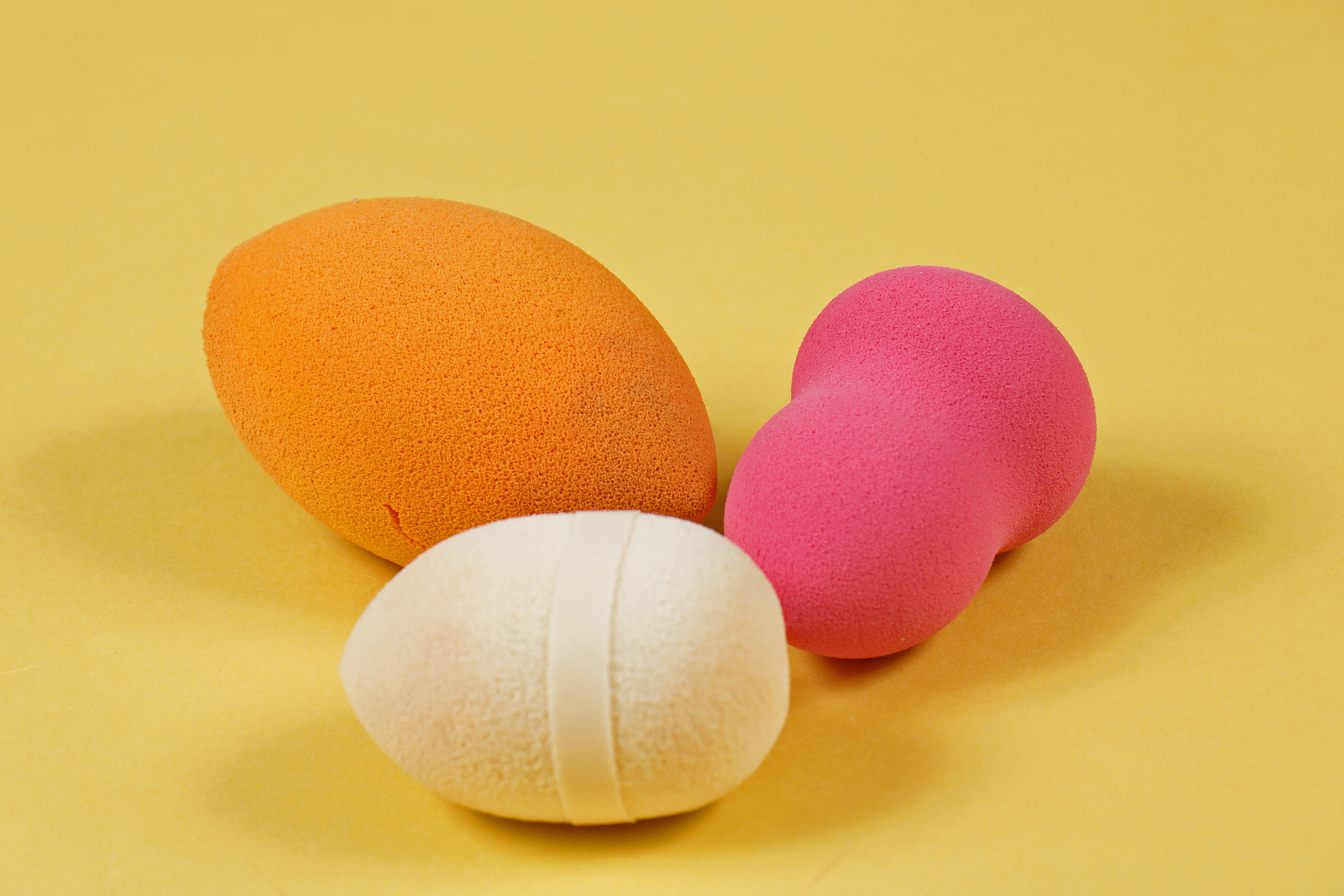Sweeping the Myth Away: Top Five Facts on The Safety of Freezing Beauty Blenders You Never Knew Existed
Often found in the backstage chaos of fashion shows or atop vanity counters, beauty blenders have become a makeup staple for professionals and enthusiasts alike. Strangely enough, one practice associated with these beautifying tools has led to much discussion and many myths: freezing beauty blenders. Many users have claimed this prolongs the blender's lifespan or improves its function. But is this safe for your skin? Let's set the record straight.
Freezing beauty blenders became popular as a hack to clean them. The belief is that freezing kills the bacteria and other germs on the blender, making it safer for use. However, freezing does not sterilize—it only slows bacterial growth.
In fact, the FDA says that freezing can't kill all harmful germs, which means that specifications matter. While it's safe to freeze beauty blenders, it is essential to understand the conditions under which this should occur—like the duration and the right storage methods for freezing.
Freezing Does Not Equal Sterilizing

One of the most common misconceptions surrounding freezing beauty blenders is that it destroys the bacteria and pathogens that are otherwise impossible to eliminate. However, contrary to popular belief, freezing does not kill all bacteria—it just makes them dormant.
Major health institutions like Mayo Clinic assert that harmful bacteria, such as salmonella and E.coli, can survive freezing temperatures. From this standpoint, freezing your beauty blender is not a completely foolproof method to sterilize it.